Saffron bread is a delightful and aromatic treat that is beloved by many. Its vibrant yellow color and unique flavor make it a standout among other bread.
Here we will walk you through making saffron- bread from scratch. We’ve got you covered, from the kitchen tools you’ll need to where to source quality ingredients. We’ll also provide a step-by-step guide on preparing the saffron dough and baking the bread perfectly.
And don’t worry; we’ll address common mistakes and how to avoid them, as well as tips for storing and preserving your saffron -bread. So get ready to impress your family and friends with homemade saffron- bread that’s sure to be a hit.
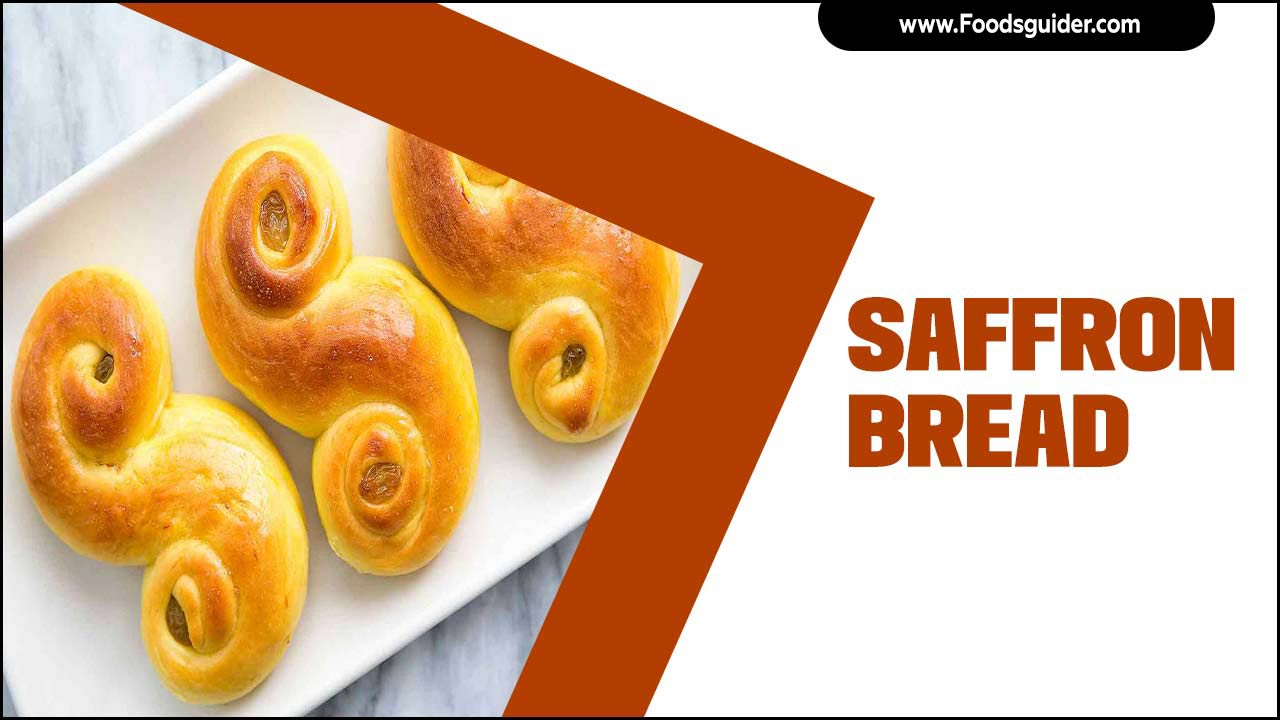
Necessary Kitchen Tools For Baking Saffron Bread
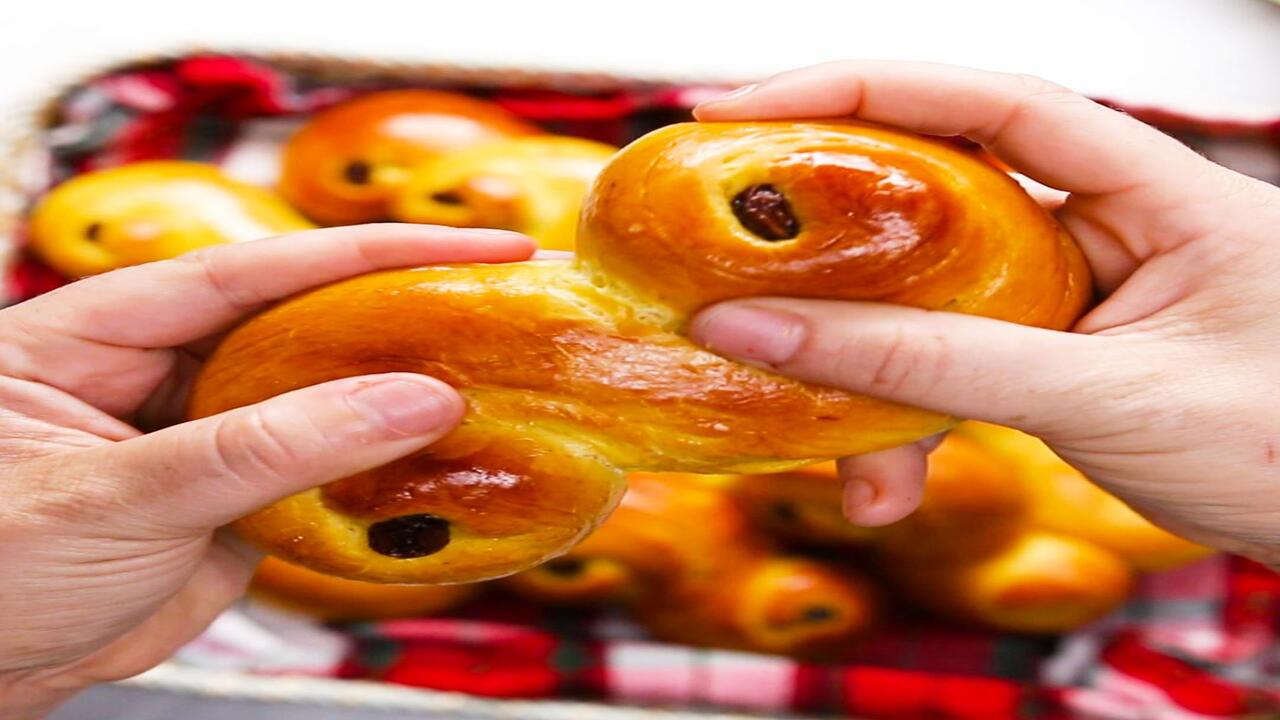
You will require a few essential tools and equipment to bake saffron- bread successfully. Begin by gathering a large mixing bowl to blend all the ingredients together. Accurate measurements are key, so have measuring cups and spoons on hand.
Use a whisk or wooden spoon to mix the ingredients until well combined thoroughly. You will need a bread loaf pan and a functioning oven to bake the bread. Once baked to perfection, it is important to let the saffron bread cool evenly on a cooling rack before serving or storing.
Baking Tools Checklist
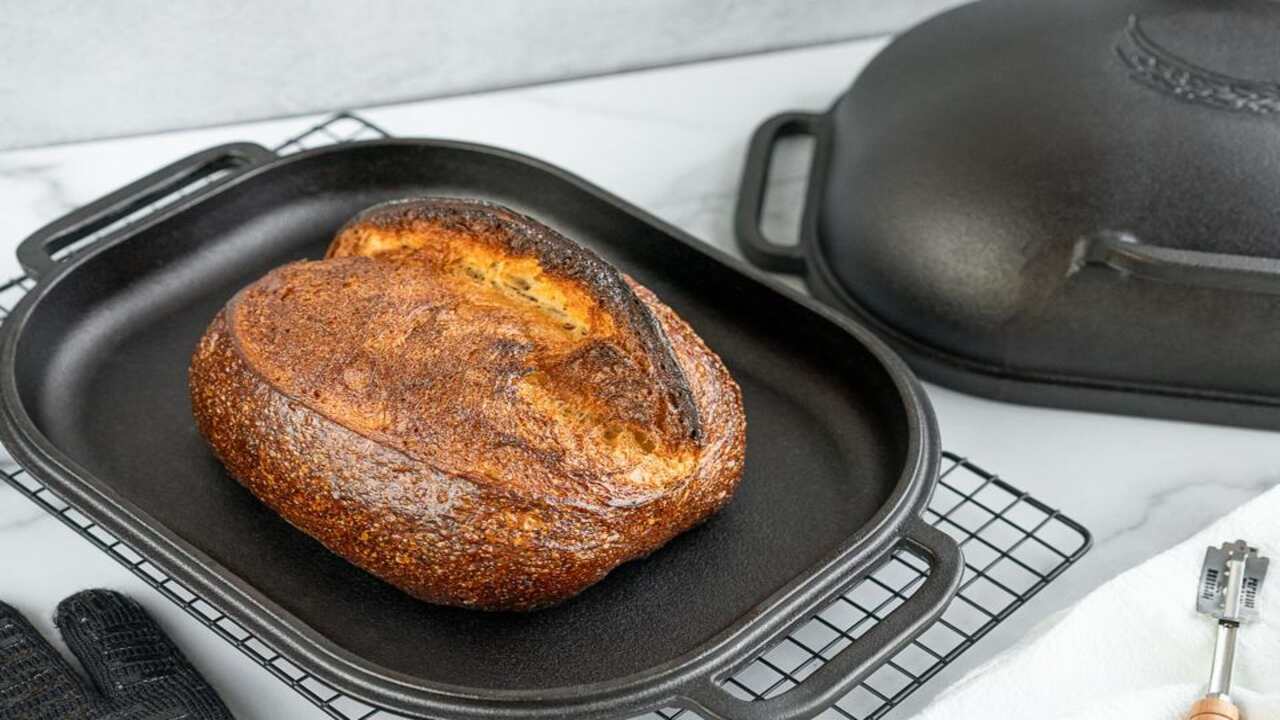
If you’re planning to bake saffron- bread in the comfort of your own home, there are a few essential tools that you’ll need. First and foremost, having multiple mixing bowls will allow you to separate the dry and wet ingredients effectively.
Accurate measurements can be achieved with the help of measuring cups and spoons. You can either whisk the ingredients by hand or use an electric mixer for a more thorough blend.
Additionally, choosing the right baking pans or loaf tins is crucial as they determine the shape and size of your bread. Lastly, to ensure that your bread bakes perfectly, it’s important to have precise temperature control in your oven. An oven thermometer will help you monitor and maintain the ideal temperature throughout baking.
How To Use Each Tool
To make saffron- bread, gather all the necessary ingredients and equipment. Combine the dry ingredients in a mixing bowl, such as flour, sugar, yeast, and salt. Mix saffron threads with warm water in a separate bowl to release their flavor. Gradually add the saffron mixture to the dry ingredients and knead the dough until it becomes smooth and elastic.
Once the dough is ready, shape it into a loaf or buns and place them in a greased baking pan. Cover the pan with a clean kitchen towel and let the dough rise in a warm place for about an hour or until it has doubled. Preheat your oven to the recommended temperature and bake the saffron- bread until it turns golden brown. The baking time may vary depending on the size of your loaf or buns, so keep an eye on them to prevent over-baking.
Once baked, remove the saffron- bread from the oven and let it cool on a wire rack before slicing and serving. The fragrant aroma of saffron and the soft texture of freshly baked bread makes this recipe a delightful treat for any occasion.
Why Bake Your Own Saffron -Bread At Home?
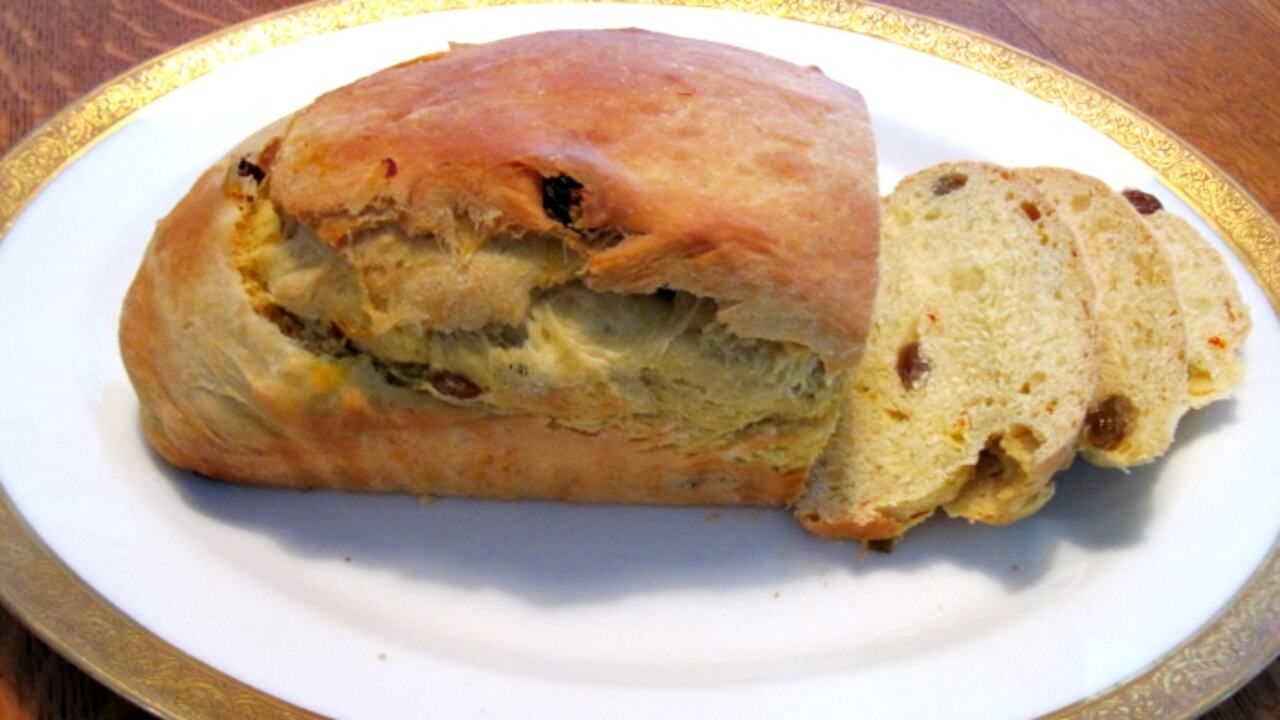
Making saffron- bread from scratch in the comfort of your own kitchen allows you to have complete control over the quality of ingredients, ensuring a fresher and more flavorful loaf than store-bought options. You can customize the recipe to suit your taste preferences, whether you prefer a sweeter or savory saffron- bread.
Baking saffron- bread can be a delightful and fulfilling culinary experience, allowing you to experiment with different techniques and flavors. So why not try it and enjoy the wonderful aroma and taste of homemade saffron- bread?
Primary Ingredients For Saffron -Bread
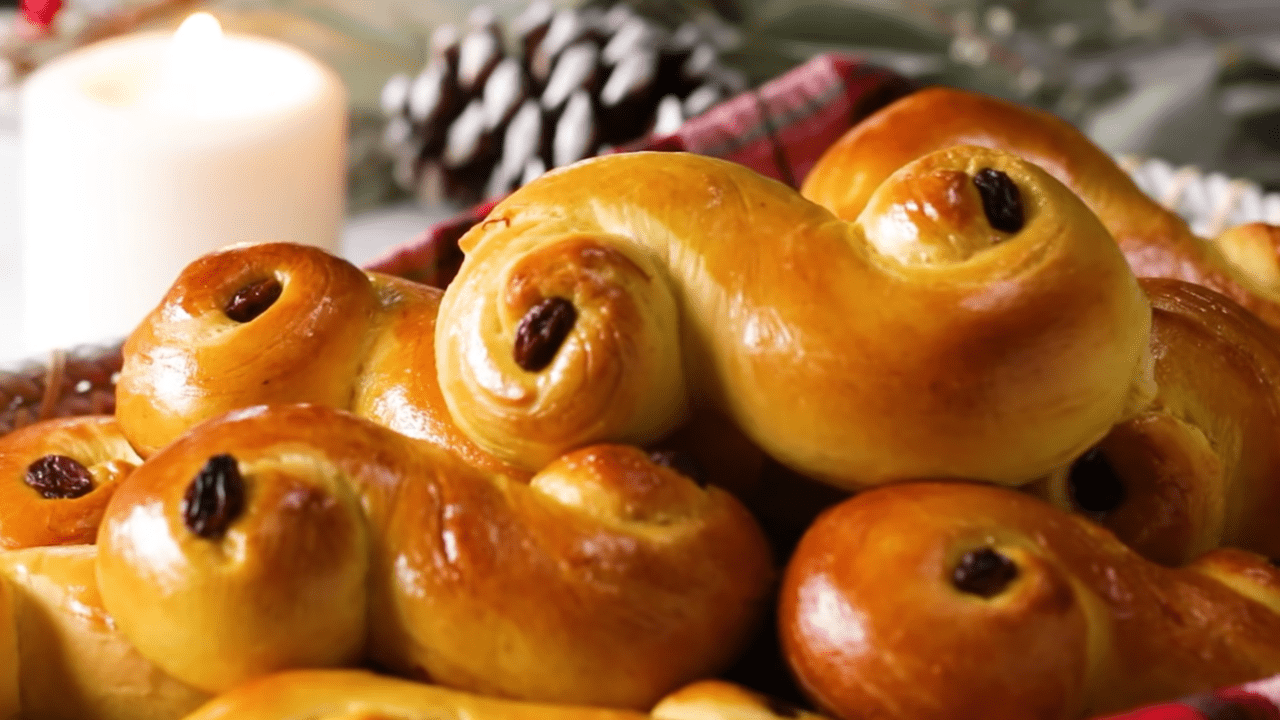
Saffron- bread uses key ingredients contributing to its unique taste and appearance. Saffron, known for its distinct flavor and vibrant yellow color, is the star ingredient in this bread. Bread flour provides structure and texture to the bread, resulting in a light and fluffy texture. Yeast is crucial in leavening the dough, giving the bread airy and soft consistency.
Milk adds moisture and richness to the bread, while sugar helps balance flavors and activates the yeast for proper fermentation. These ingredients work together harmoniously to create a delicious saffron -bread that is visually appealing and satisfying to the taste buds.
Ingredient Breakdown
In addition to its distinct flavor, saffron imparts a vibrant yellow color to the bread, making it visually appealing. The flour used in the recipe provides structure and texture to the bread, ensuring a satisfying bite. Yeast plays a crucial role by causing the dough to rise, resulting in a light and fluffy texture.
Furthermore, sugar adds a sweetness to balance the flavors, while butter contributes richness and moisture to create a moist and delicious loaf of bread.
Where To Source Quality Ingredients
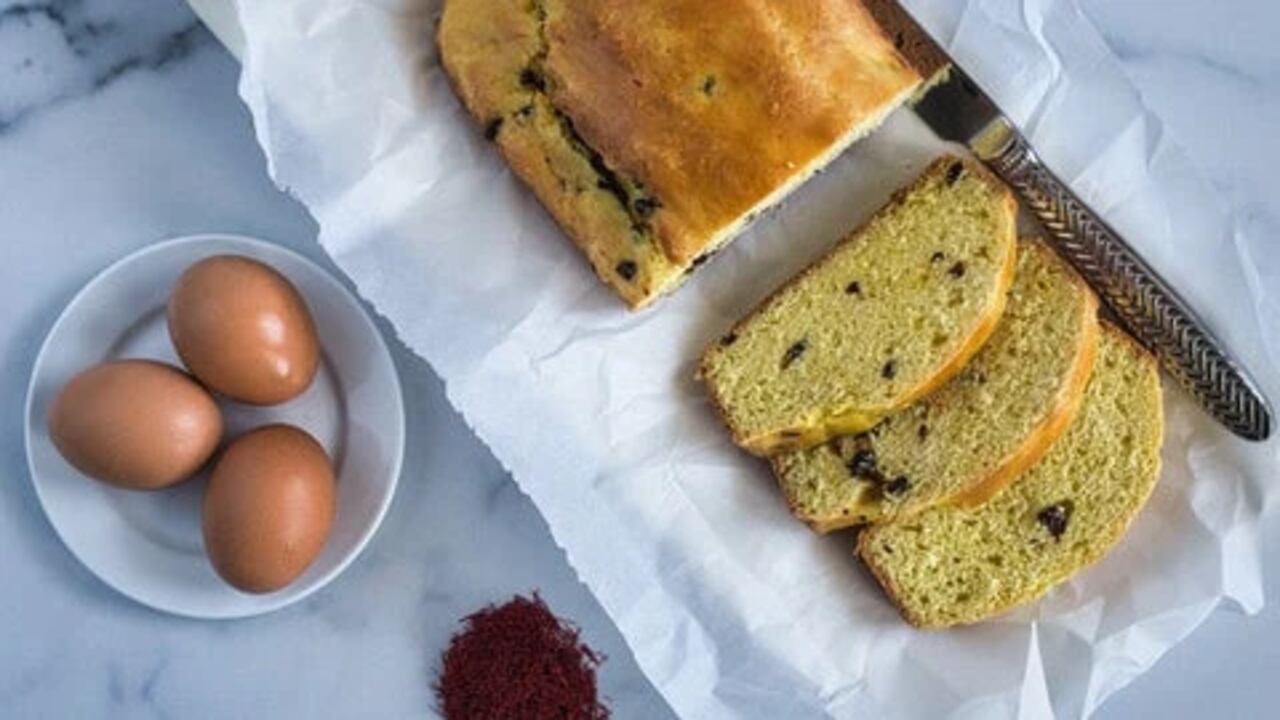
To create saffron- bread with exceptional flavor and texture, it is crucial to source top-notch ingredients. This includes finding reliable suppliers that offer authentic saffron threads, as the quality of saffron greatly impacts the taste and aroma of the bread. In addition to saffron, selecting high-quality bread flour is essential for achieving a light and fluffy texture.
Fresh active or instant yeast will ensure proper leavening, while high-quality granulated sugar adds sweetness without overpowering the delicate flavors of saffron. Finally, using unsalted butter will contribute to the bread’s rich buttery taste. By prioritizing the quality of each ingredient, you can create saffron- truly delectable bread.
A Step-By-Step Guide To Making Saffron- Bread
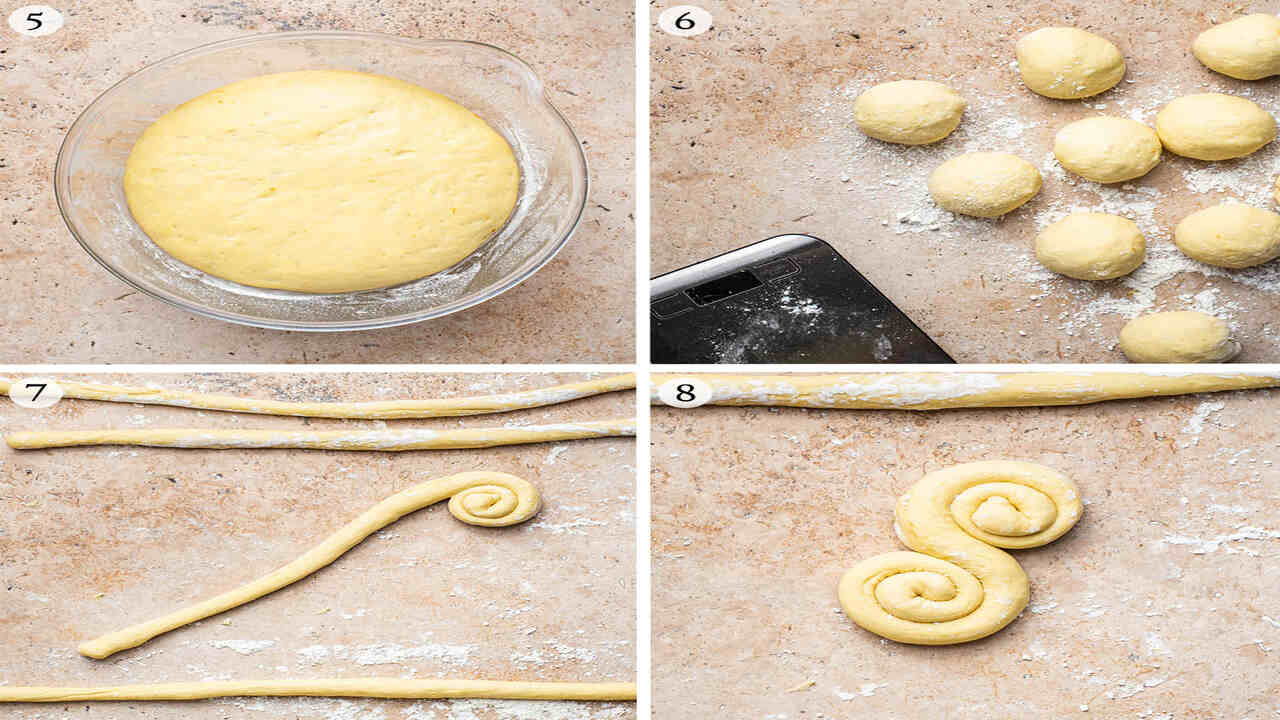
You will need a few essential tools and ingredients to make saffron- bread dough. Gathering a mixing bowl, measuring cups, and spoons to portion the ingredients accurately. A stand or hand mixer can be used to thoroughly mix the dough, ensuring all the ingredients are well incorporated.
Additionally, using a dough scraper can help shape the dough for baking. Once the dough is prepared, transfer it to a bread pan and bake it at the recommended temperature to achieve a beautiful golden brown crust.
Preparing The Saffron Dough
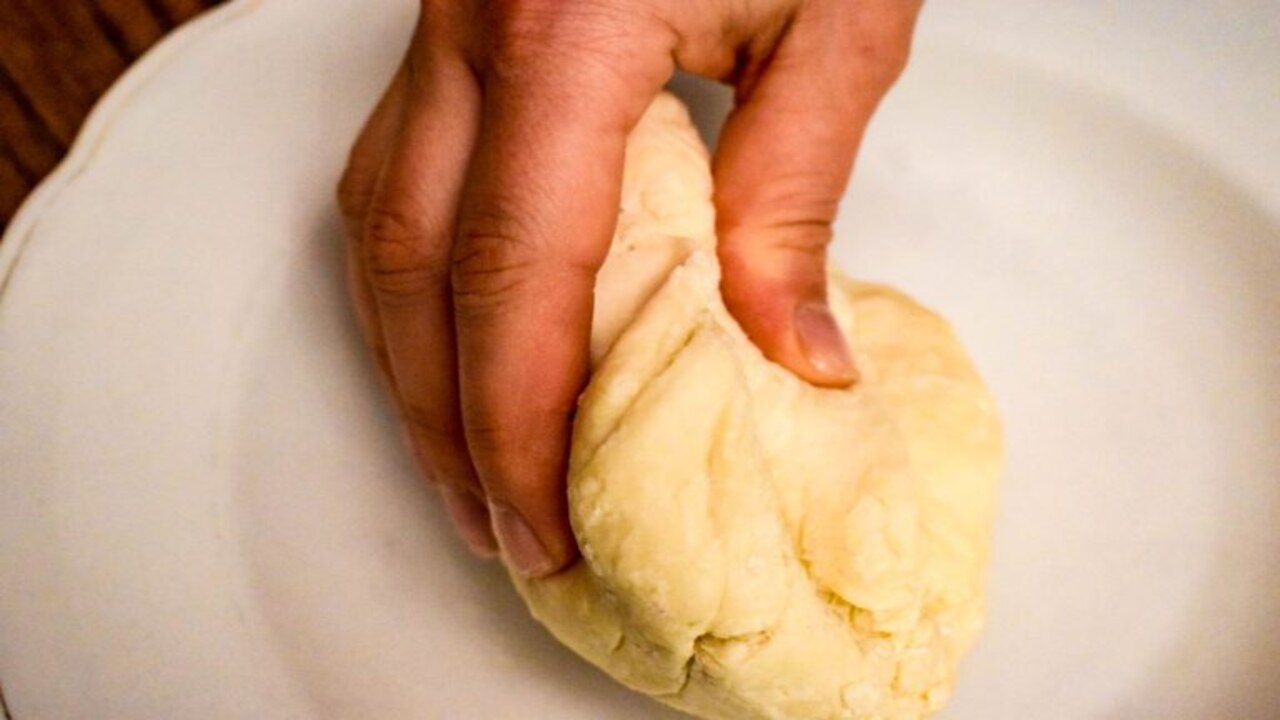
To prepare the saffron dough, you’ll need a mixing bowl and spoon to combine the ingredients and knead the dough. Accurate measurements are essential, so have your measuring cups and spoons on hand. A dough scraper will help you efficiently gather and shape the dough. Cover the dough with plastic wrap or cloth to prevent drying during the rising process. Finally, a baking pan or loaf tin will provide the structure for baking the saffron- bread.
Baking The Bread
To bake saffron- bread, preheat your oven to the recommended temperature. Next, shape the dough into your desired form using a baking sheet or loaf pan. Flatten the dough with a rolling pin and then brush it with either butter or an egg wash to achieve a beautiful golden crust. After baking, allow the saffron- bread to cool on a wire rack before serving, which will help it retain its texture and flavor.
Common Mistakes And How To Avoid Them
When making saffron- bread, it’s important to avoid some common mistakes. Overmixing the dough can produce a tough texture, so mix until combined.
Properly proofing the dough is crucial to avoid a dense loaf, so allow enough time to rise. Inhibiting yeast activation can happen when using cold ingredients, so ensure all ingredients are at room temperature. To prevent overpowering the flavor, use saffron sparingly. Lastly, don’t forget to preheat your oven to ensure even baking.
Preventing A Dough That Doesn’t Rise
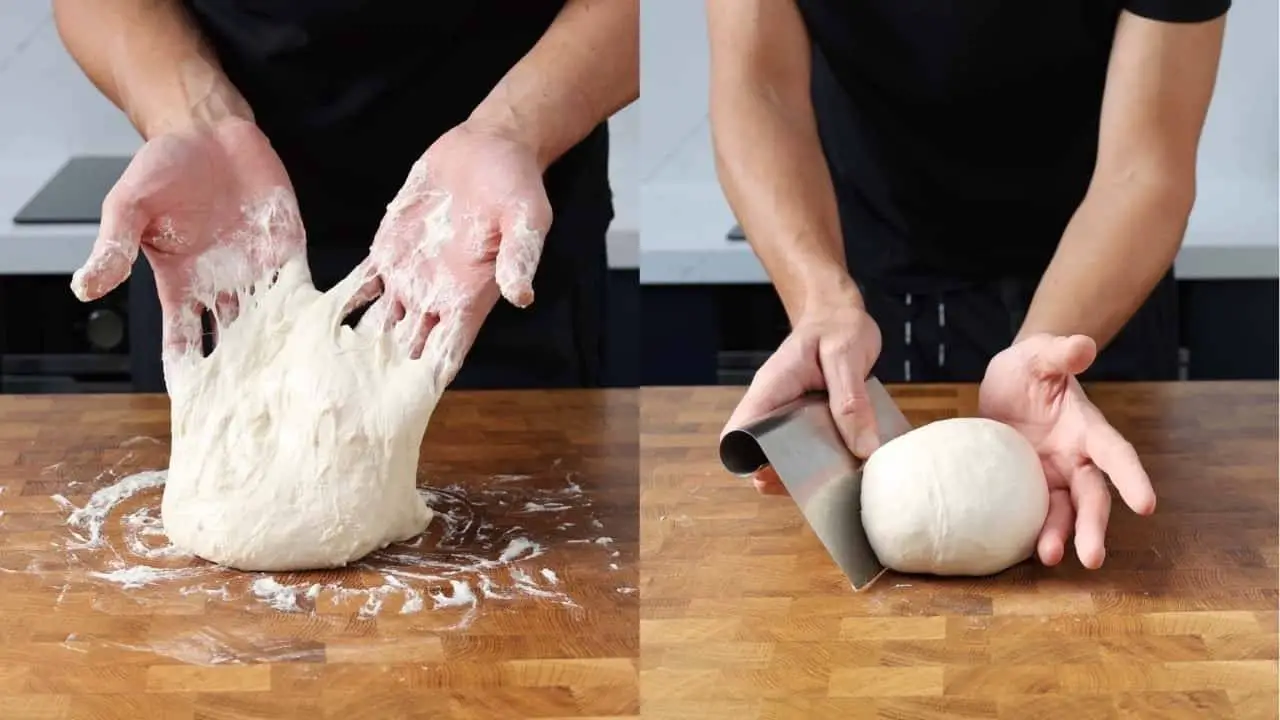
To achieve a successful rise in your dough, using fresh and active yeast is crucial. Activate the yeast properly by dissolving it in warm water at the ideal temperature, usually between 105°F and 110°F. Allow sufficient time for the dough to rise in a warm, draft-free environment, promoting optimal fermentation.
Be cautious not to add excessive flour, which can impede the rising process. Lastly, ensure you knead the dough thoroughly to develop gluten, which aids in trapping carbon dioxide and facilitating a better rise. These steps will help you achieve light, fluffy, and perfectly risen baked goods.
Handling Sticky Dough
Dealing with sticky dough can be a frustrating experience, but there are several techniques you can employ to make it more manageable. Firstly, a dough scraper can prevent the dough from sticking to your hands and work surface. Wetting your hands with water or oil can also help reduce stickiness and make handling easier.
Additionally, a well-floured surface or parchment paper can provide a barrier between the dough and your work surface, preventing it from sticking. If the dough becomes too sticky, chilling it in the refrigerator for a short period of time can help firm it up and make it easier to work with. Lastly, gradually adding small amounts of flour while kneading can help achieve the desired consistency and reduce stickiness.
Serving Suggestions For Saffron- Bread

Saffron -bread is versatile and can be enjoyed in various ways. It can be served independently or as part of a breakfast or brunch spread. For a sweet treat, try serving it with butter and honey.
If you prefer something savory, pair it with cheese and cured meats. Saffron- bread also goes well with tea or coffee, making it a perfect afternoon snack. You can even get creative and use it to make delicious sandwiches or toast topped with your favorite ingredients.
Pairing Ideas For Savory Dishes

Saffron- bread pairs wonderfully with roasted chicken or grilled seafood, enhancing its flavors. Its aromatic qualities make it a great accompaniment to savory dishes such as paella or risotto. For heartier meals, consider serving saffron -bread with braised meats or hearty stews.
It also goes well with cheese and charcuterie, creating a delicious appetizer or snack. Experiment with spices and herbs to create unique flavor profiles when combining saffron- bread with savory dishes.
Pairing Ideas For Sweet Dishes
Saffron- bread pairs well with honey or maple syrup drizzled on top. For a twist, try serving saffron- bread with vanilla ice cream or whipped cream. Pair saffron- bread with fresh berries for a burst of fruity flavor. A warm cup of chai tea complements the aromatic flavors of saffron -bread perfectly. Saffron- bread can be enjoyed alone or with a cup of coffee for a delightful breakfast treat.
Storing And Preserving Your Saffron -Bread
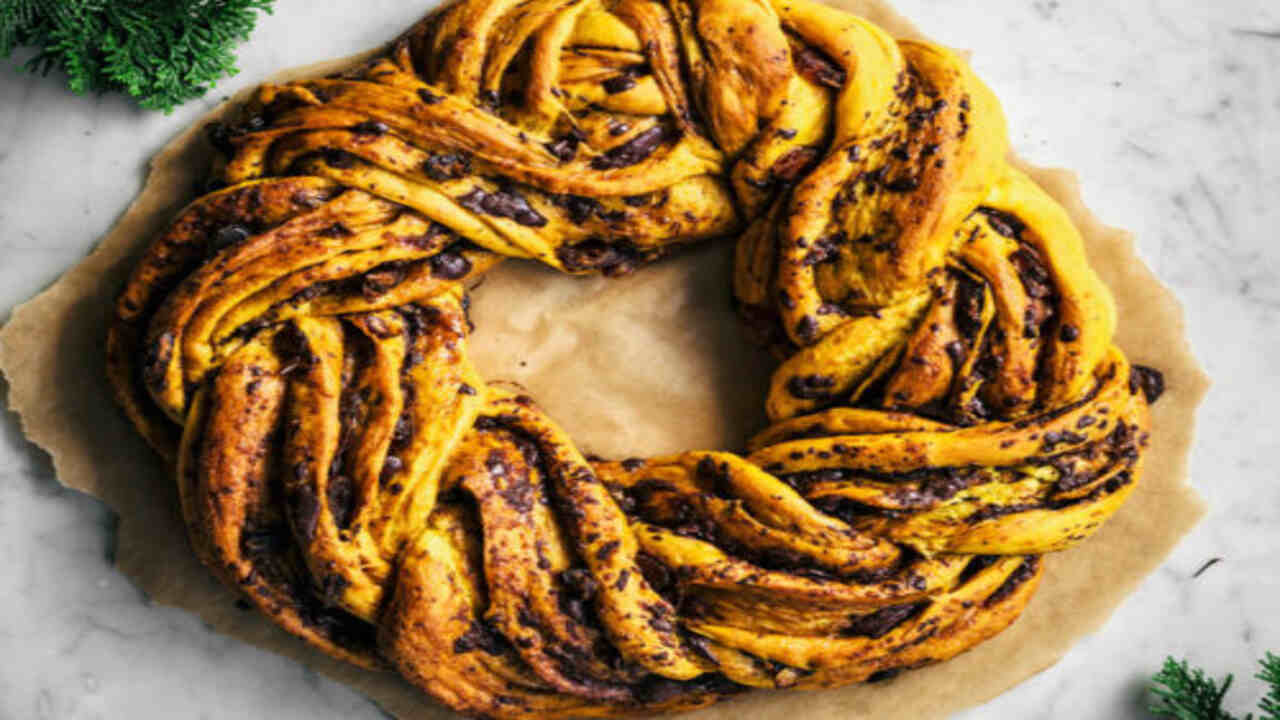
To maintain the freshness and flavor of saffron- bread, wrap it tightly in plastic wrap or aluminum foil. Store in a cool, dry place away from direct sunlight. If storing for an extended period, freeze in an airtight container. Thaw at room temperature and reheat in the oven for the best texture and taste.
Enjoy Your Homemade Saffron- Bread
To ensure a delightful experience with your homemade saffron -bread, it is essential to have the right baking tools at hand. A mixing bowl, measuring cups, and a bread pan are necessities. A whisk or wooden spoon can thoroughly mix the ingredients, while a dough scraper will be handy for handling and shaping the dough.
A pastry brush can apply a glaze or egg wash when adding a finishing touch. Finally, a bread knife will make slicing through the golden brown loaf effortless. With these tools in place, you can fully enjoy the deliciousness of your saffron-bread creation.
Conclusion
To make your saffron-bread baking experience successful, it’s important to have the right tools and ingredients. Baking your own saffron- bread at home allows you to control the quality of ingredients and gives you the satisfaction of enjoying a delicious, homemade treat.
Whether you’re a seasoned baker or just starting out, following a step-by-step guide will ensure your saffron- bread turns out perfect every time. Don’t be afraid to experiment with different servings and pairing suggestions to enhance the flavors of your saffron- bread. With proper storage techniques, you can enjoy the warmth and aroma of your homemade saffron bread for days to come.
Frequently Asked Questions
1.What Is Saffron- Bread Made Of?
Ans: Saffron -bread is made with flour, yeast, sugar, butter, saffron threads, and milk. This aromatic bread may also include raisins and currants for added flavor. The saffron gives the bread its unique yellow color and delicate floral taste. Enjoy saffron- bread on its own or with butter or jam.
2.What Goes Well With Saffron?
Ans: Saffron pairs perfectly with rice, infusing it with a vibrant color and delicate flavor. It’s also popular in desserts like custards, ice cream, and cakes. For savory dishes, saffron complements paella, risotto, and seafood dishes. Try combining saffron with warm spices like cinnamon, cardamom, and nutmeg for an enhanced flavor profile.
3.Why Are Saffron Buns Eaten?
Ans: Saffron buns are enjoyed during festive occasions and holidays, adding a special flavor to celebratory meals. They are also believed to offer health benefits, promoting relaxation and improving mood. In certain cultures, saffron buns symbolize good luck and prosperity.
4.What Is The History Of Saffron Buns In Sweden?
Ans: Saffron buns, also known as “lussekatter,” have a rich history in Swedish culture. These festive buns are traditionally baked and enjoyed during the Christmas season, especially on Saint Lucia’s Day. In the 18th century, saffron buns became popular due to their luxury association and vibrant color and flavor.
5.What Are The Benefits Of Eating Saffron- Bread?
Ans: Saffron -bread offers a range of benefits. It is rich in antioxidants, which protect against oxidative stress and inflammation. The saffron used in the bread can improve mood and reduce symptoms of depression and anxiety. It also aids digestion and promotes a healthy gut. Additionally, saffron- bread is a good source of vitamins and minerals like vitamin C, manganese, and iron.
Meet Joseph Bryant, the creative force behind Foodsguider. As a self-taught chef and passionate food explorer, Joseph Bryant invites you to savor the journey through delightful recipes and the stories that accompany them. From kitchen adventures to the joy of sharing, join Foodsguider in celebrating the magic of good food and lasting memories.
